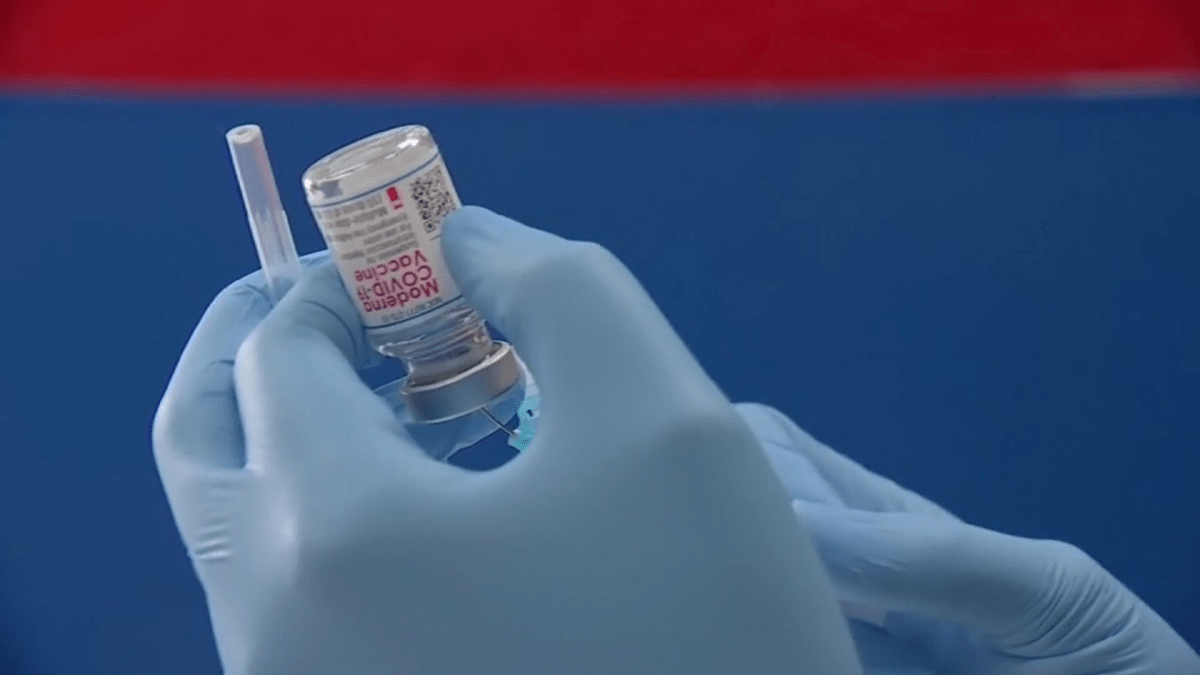
Tarrant County health leaders have been working with the Texas Department of State Health Services to correct discrepancies in COVID-19 vaccination data, county officials say.
Tarrant County health leaders have been working with the Texas Department of State Health Services to correct discrepancies in COVID-19 vaccination data, county officials say.
According to state data, more than 49% of the eligible population in Tarrant County are fully vaccinated while 56% have gotten at least one dose. For several weeks, Tarrant County’s dashboard showed 30% of county residents were fully vaccinated while 33% had at least one dose.
Late Wednesday evening, the county's updated dashboard reported 39% of Tarrant County residents have been fully vaccinated while 44% have received at least one dose. The discrepancies in data have been ongoing for months, Tarrant County Public Health director Vinny Taneja said this week.
Get DFW local news, weather forecasts and entertainment stories to your inbox. Sign up for NBC DFW newsletters.
“The picture is a little unclear, but the truth’s somewhere in between their data and our data,” Taneja said. “Obviously we’re more vaccinated than what we’re able to show, because we’re not getting that information. I can also say that we’re probably a little lower than what they’re showing because they’ve said that several times, that they’re getting the 'first look' data then post it on the dashboard.”
Taneja said state officials have clarified why the data has reflected a gap between the county and state’s reporting.
Local
The latest news from around North Texas.
“What they [state] have said is there is also been a lot of erroneous data reported, you know…duplicates being reported, or numbers in the series not being corrected,” he said. “There’s a lot of entities out there that are vaccinating, so the quality of the data and the cleanup…it takes a while. But obviously, everyone is in a hurry to find out what has happened, so what they have done is, they [state] have taken what is incoming and they post it on the dashboard but by the time it gets to us, they clean it up as much they can and of course, we apply clean up filters and so forth.”
Chris Van Deusen, the spokesperson for Texas DSHS, said there has also been an issue with ZIP codes.
“For people whose records are missing the county, we do a couple of rounds of address matching to connect them to the correct county of residence. There’s an initial one that uses ZIP codes within ImmTrac, the state Immunization Registry, but we run a more refined process after that based on address. This kind of gap seems to be a particular issue around the metroplex where there are a significant number of ZIP codes that cross county lines, so people can end up assigned to the wrong county in the first step,” Van Deusen wrote in an email.
Dr. Timothy Bray is director of the Institute for Urban Policy Research with the University of Texas at Dallas, which analyzes how data informs policy. To an extent, there are inaccuracies in all data, Dr. Bray said.
“Our data is never going to be perfect, so that’s why I typically advise people to look at the conservative estimate. Make sure you’re taking into that margin of error if you will,” Bray said. “We tend to think of computers and data as infallible but think about four different friends who witnessed the same thing and each tells you a slightly different version of the story. They’re all correct. Our jobs as consumers of data is to weigh the sources, weigh the value, and in my opinion, we make a decision that errs on the side of caution.”
Taneja said the gap in data is something they will continue to work on with the state.
"We’ll continue to rely on the file they provide us, but we’ll continue to point out the data discrepancies that we have between what they’re posting on their dashboard and what we’re showing. Eventually, we’re going to have to close that gap and the best way is to continue to talk to them and their data team," he said.